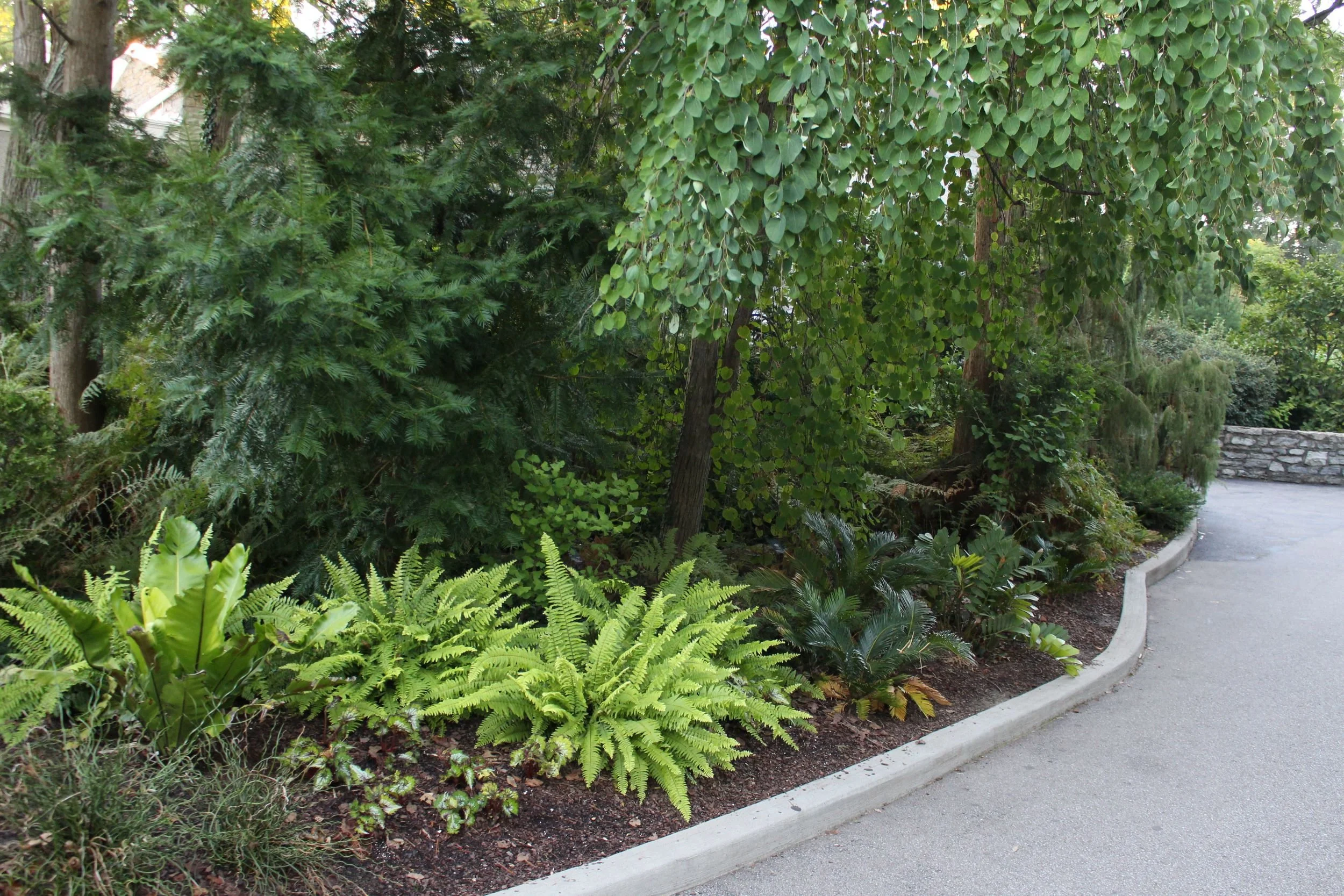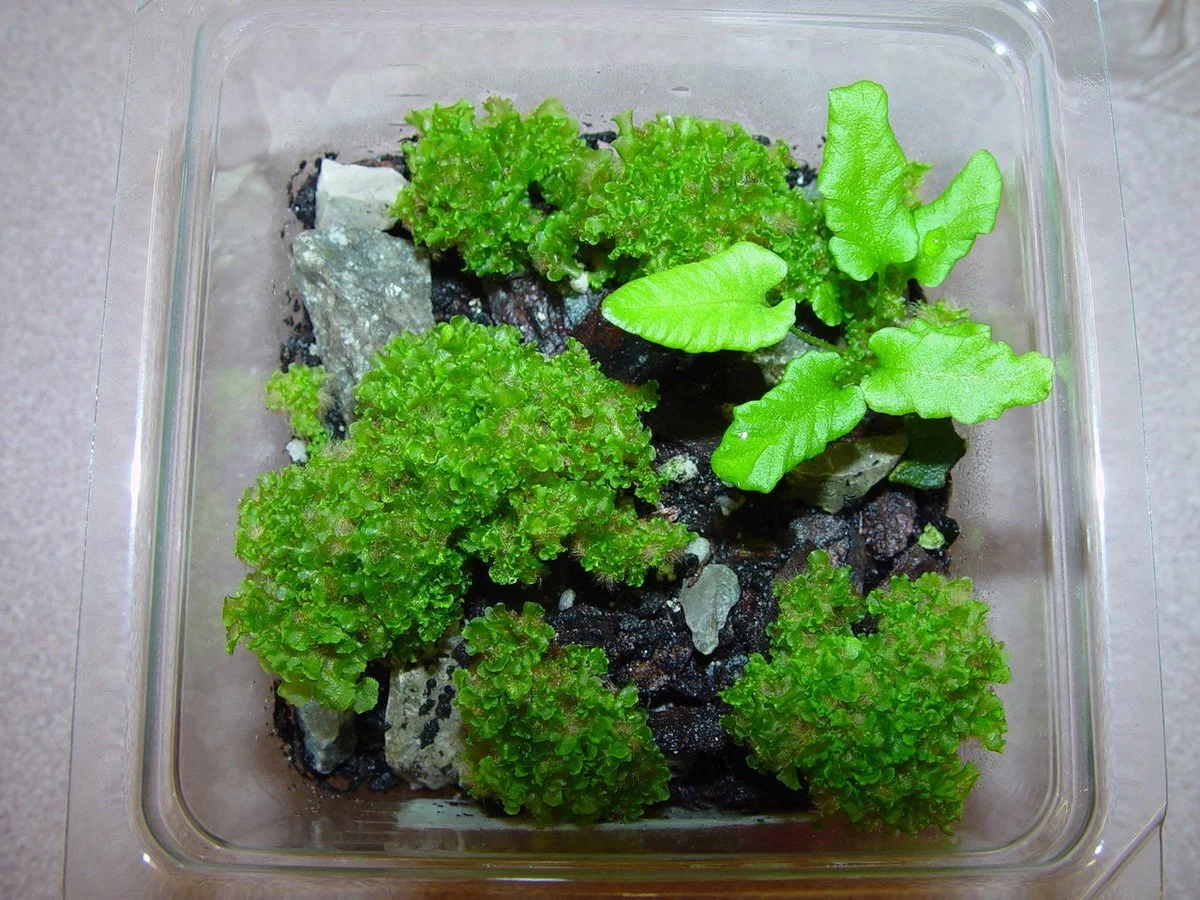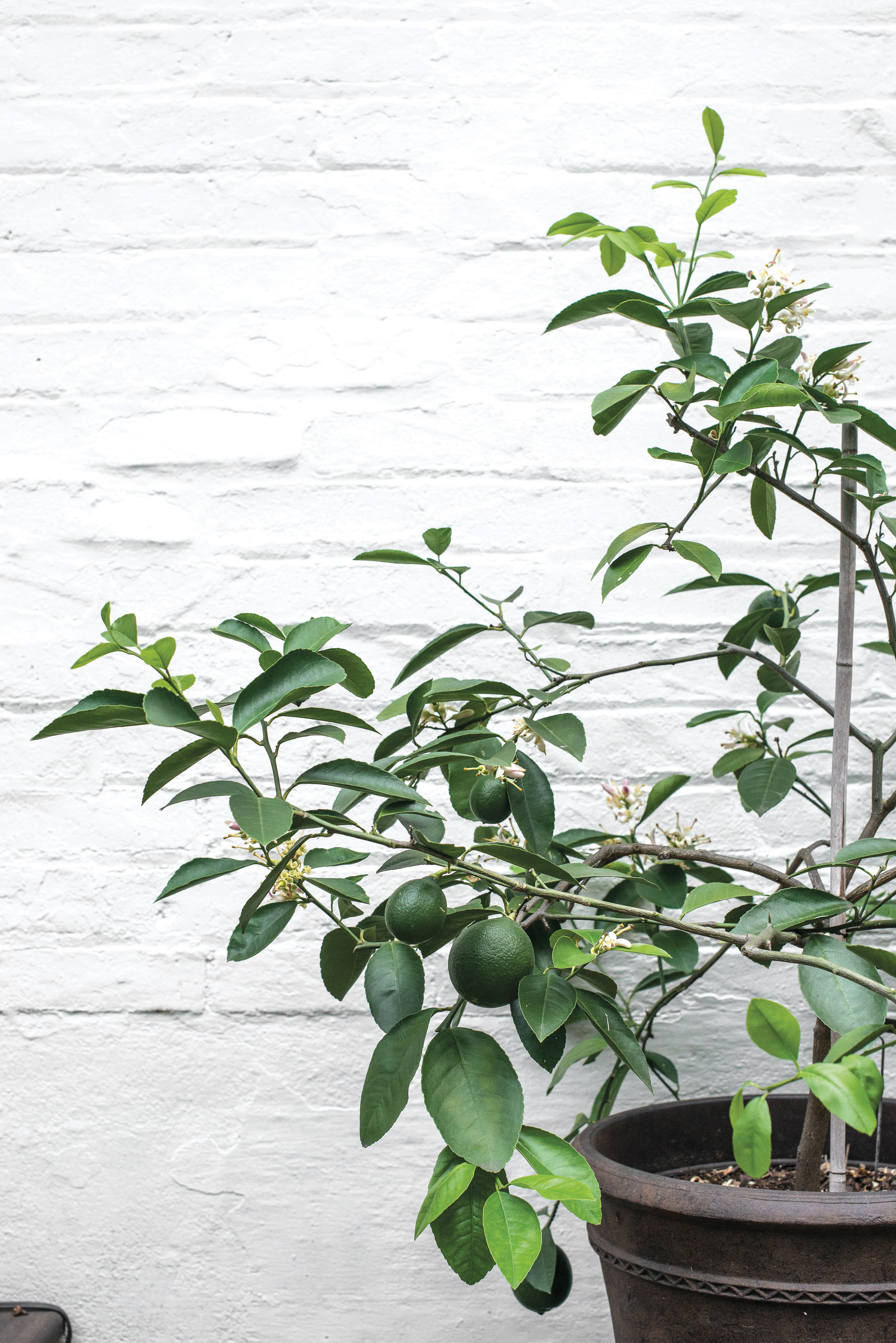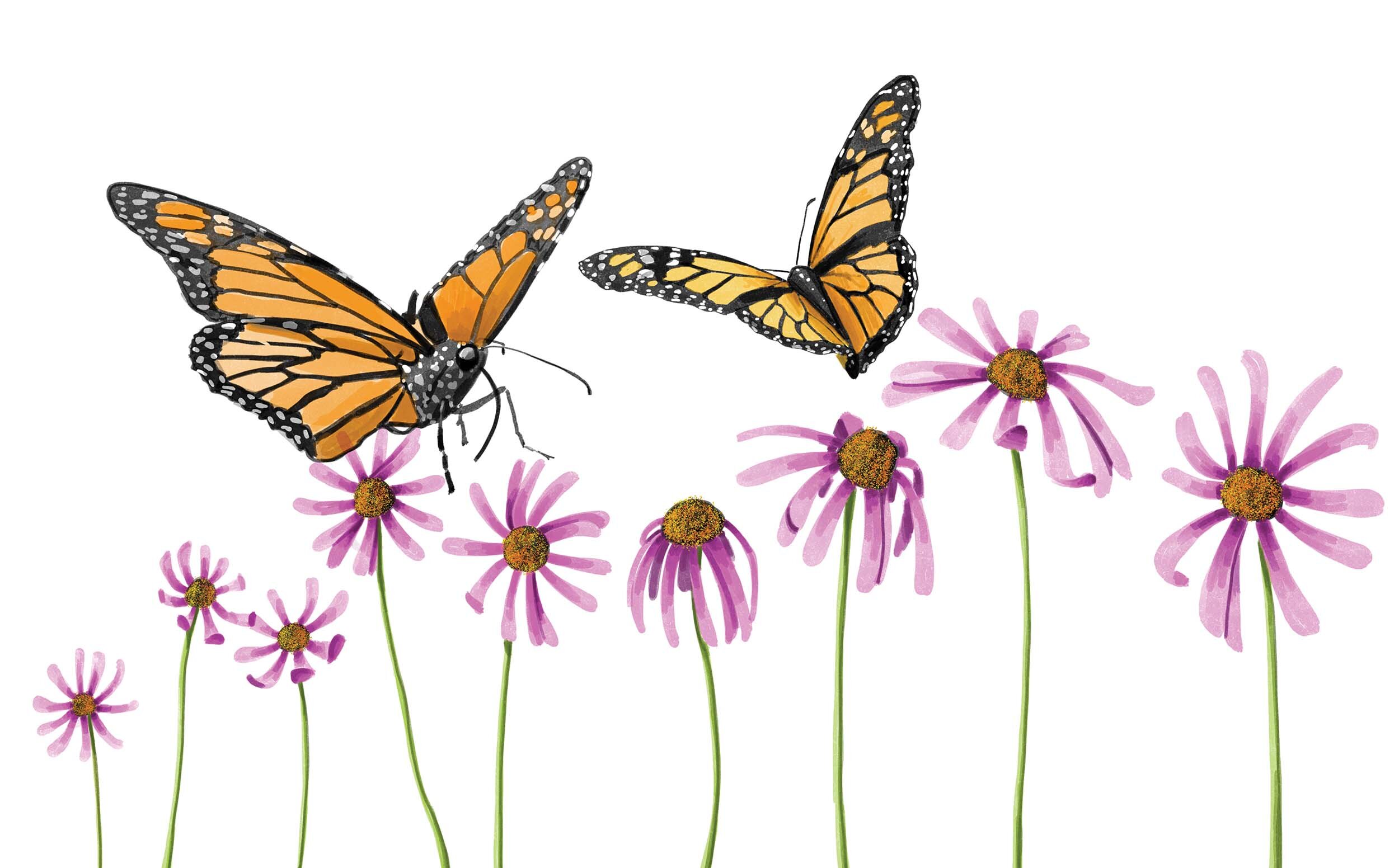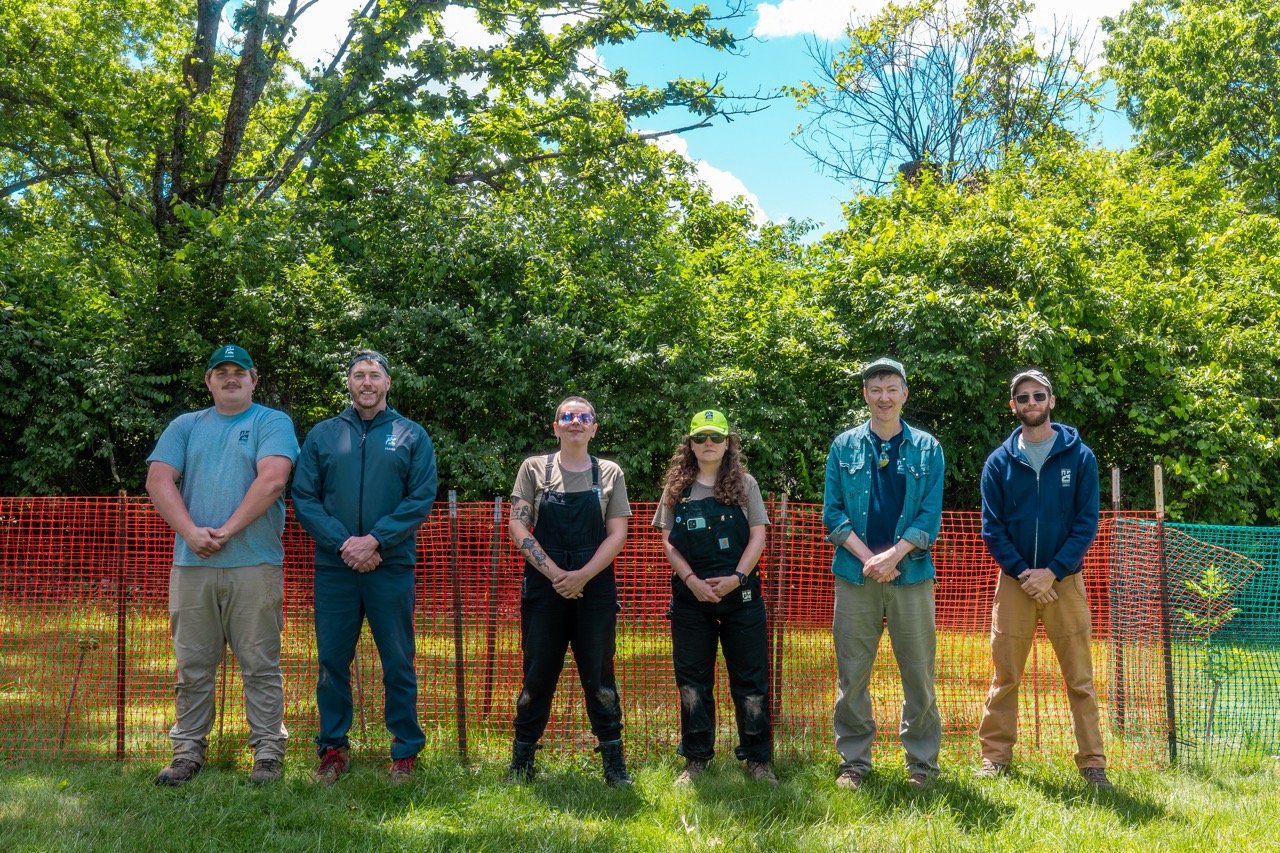America’s Greenest Zoo Grows Plants and Minds
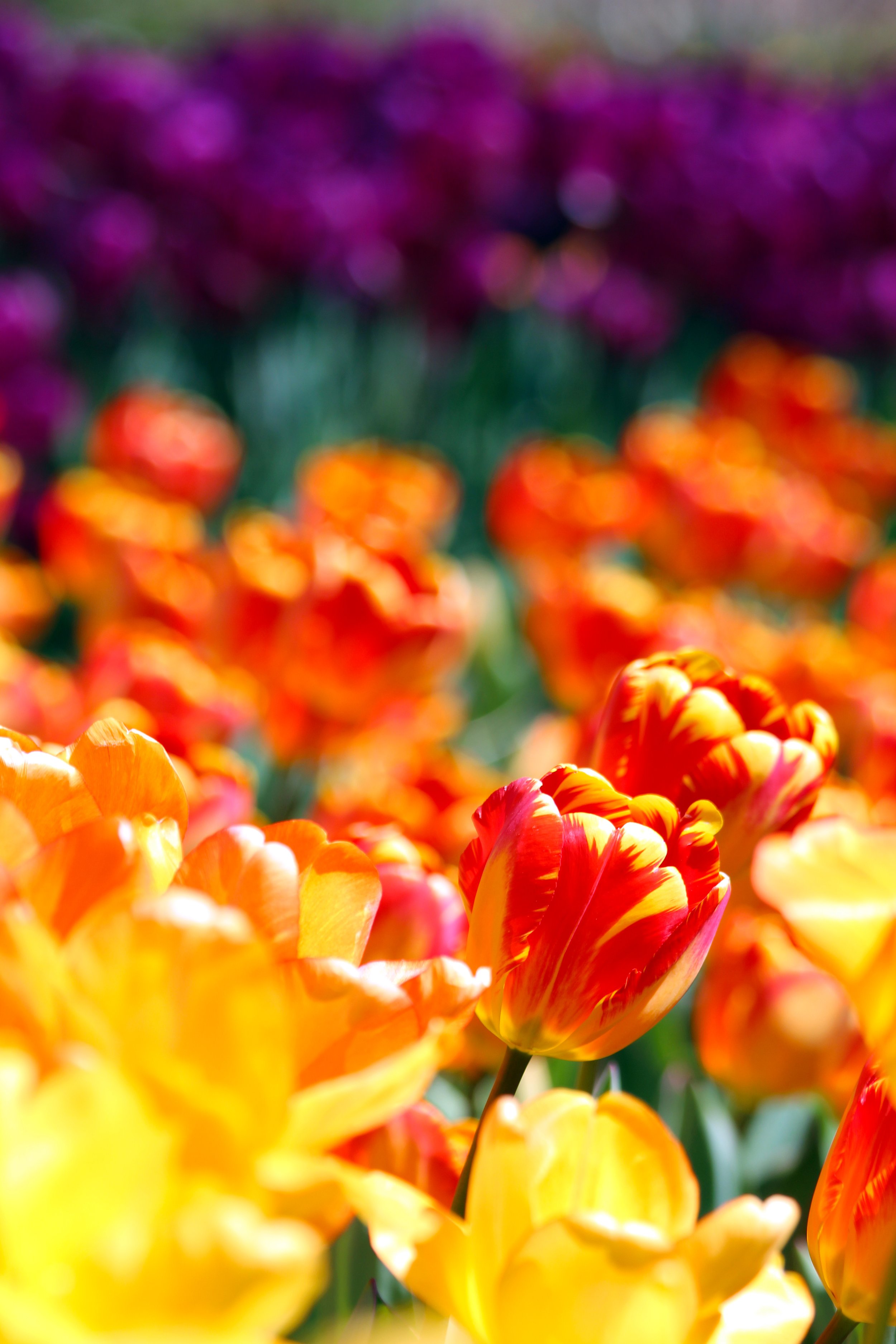
Cincinnati Zoo & Botanical Gardens creates beautiful landscapes on the zoo grounds and in the community.
Full disclosure: I’m a card-carrying member of the Cincinnati Zoo & Botanical Garden (CZBG). And while my family loves the animals, it’s really the plants that draw us to the zoo almost weekly. The ambiance they create makes the place extraordinary. The gardens make CZBG a spectacular human habitat, too, a retreat from reality, a place that inspires and feeds the imagination. We’re particularly fond of visiting on rainy days when we know the park will be less crowded. Then you can have a quiet moment in its leaf-lined hollows, lose yourself in rustling tunnels of dense bamboo and on rustic walkways where exotic and native plants surround waterfalls and other features. CZBG is also a green school that teaches people of all ages about plants and their potential for creating beautiful and healthy landscapes even in the heart of the city.
Founded in 1873, making it the second oldest zoo in America, the Cincinnati Zoo officially became a botanical garden in 1987. But plants were part of its mission from the start, says CZBG director of horticulture Steve Foltz. That botanical bent came at the behest of former Cincinnati Parks director Adolf Strauch, designer of Spring Grove Cemetery, Burnet Woods, and so many striking landscapes, who also had a hand in designing the zoo. Strauch insisted from the outset that the zoo ought to include an experimental garden.
In addition to the many roles it plays in promoting conservation efforts and the protection of endangered species globally, CZBG, which was named the greenest zoo in America in 2010 for its cutting-edge sustainability initiatives, remains an experimental garden. CZBG cultivates plants for animal habitats and feed, and for its inviting and ever-changing landscapes—and also participates with a far-flung network of botanical researchers and growers. Landscaped beds across the property are both beautiful and useful as sites of plant trials where performance of various cultivars (heat tolerance, bloom time, and other factors) is monitored and shared with growers and consumers nationwide.
Helping Create Better Plants for Us All
On a chilly, gray January morning, I met up with CZBG Foltz at the zoo’s education center. It might be hackneyed to call someone a “sweet guy,” but that’s Foltz: infinitely patient when some schmo calls him up and demands an hour-long sit-down to learn everything there is to know about the zoo’s horticultural activities. You might have heard him on public radio where he frequently shares horticultural wisdom. His easygoing demeanor conceals the depth and range of his responsibilities, but get him talking, and his enthusiasm for plants is infectious. Foltz has been full-time at the zoo since the 1980s. Building on the work of his predecessor, Dave Ehrlinger, who created naturalistic landscapes at the zoo that essentially replaced paved surfaces with plantings, Foltz brought bright, bold beds of beefy tulips and other bulbs to the zoo, which are the main attraction of its annual Tunes and Blooms series that pairs mood-heightening floral displays with great music and libations on Thursday evenings in April.
Foltz also cultivated the zoo’s plant trials program. When he became director of horticulture, he says, “it just so happened that regional flower growers, as well as Ohio State Extension and Hamilton County, were talking about doing a trials program.” A host of local flower growers signed on: “You name a flower grower in Cincinnati and they were involved.” The zoo reached out to growers beyond the immediate region, including the widely available brand Proven Winners, and they were in, too.
Beginning in 2002, the zoo converted some older, overgrown beds into flower gardens, “and it was a hit,” Foltz says. “Then we started growing our own annuals. And a big part of our mission was to trial the very best annuals that the companies were offering.”
Over the years, CZBG has become one of the biggest trial gardens in the eastern U.S., probably in the top five nationwide, Foltz says. That means that companies from all over the country start plants from seed and send plugs to the zoo to grow out.
From these test beds Foltz’s team creates annual “best” lists of plants by category and use: the best annuals, perennials, shrubs, pollinators, and bloomers according to season. Last year they trialed about 300 varieties. This year they’re looking at 600, expecting about 600,000 plants. Foltz estimates they collaborate with some 50 growers nationwide.
Evaluation is more qualitative than technical. Several times a year, staff, interns, and volunteers rate the plants, looking at longevity and hardiness. “Say we’re in October now, and you know what? These are still looking outstanding,” Foltz says—that feedback gives plant buyers a handle on what will work best for their landscape, climate, and situation, helping avoid costly missteps and failures.
The zoo propagates and grows plants at its Bowyer Farm in Mason, OH, with which Edible readers might be familiar for the amazing native plant sales the farm runs in hoop houses just off Mason-Montgomery Road. Since it was bequeathed to the zoo in 1995 the property has grown to include a wildlife refuge on former wetlands that CZBG has restored. The site includes beekeeping, sheep farming, a solar farm, and a dedicated space where the zoo’s cheetahs can run. Part of the property continues to operate as a sustainable farm, growing hay, alfalfa, and timothy to feed the zoo’s animals.
“Last year we grew close to $120,000 worth of plant material,” Foltz says. That doesn’t include proceeds from plant sales. The Bowyer Farm nursery provides “a lot of the ground cover and shrubs that you see around the new parking lot and other projects. All those perennials are grown by us.”
In addition to cultivating alfalfa and timothy for the animals, they plant about 2,500 trees from 3-gallon pots at Bowyer Farm annually. When these reach about 8 feet, Foltz says, they harvest smaller branches for zoo animals to eat. Their goal is to create a 10-acre forest at Bowyer Farm as both a wild animal habitat and a food source for zoo animals.
The horticultural staff also conducts research on lesser-known native plants. “Our job is to propagate plants, grow them out, and put them out on grounds,” Foltz says. The operation is part of a network of nurseries that shares plugs with growers as far flung as Pennsylvania and Cleveland. “Then the big wholesaler growers will grow them on, if they like what they see.”
This is helpful because many nurseries can’t take chances on new plants like the zoo can, Foltz says. “We can gamble on getting more diversity into the marketplace, not just at our nursery at the zoo.” Foltz sees a need for increased diversity in the greater horticultural landscape, especially in cities and suburbs, to create truly urban ecosystems.
Globally, interest in greening our cities and suburbs is surging, bolstered by our understanding of plants’ and trees’ role in supporting environmental, physical, and psychological health. “We need to plant 50 times more than we do now,” Foltz says, and not just in terms of volume. More variety. Much more. CZBG’s gardens model truly diverse urban gardens, giving gardeners a glimpse of what city gardens should look like. Given its location, the zoo is a test bed for plants that can cope with urban stresses, which can include salt, pollution, and heat.
Beyond the Zoo’s Boundaries
The zoo’s work to conserve endangered and at-risk species extends to the plant kingdom. Its Lindner Center for Conservation and Research of Endangered Wildlife (CREW) has a plant division. CZBG received global recognition as an arboretum last year—earning top accreditation from The Morton Arboretum and ArbNet Arboretum Accreditation Program, a global initiative that officially recognizes and celebrates arboreta—thanks in part to CREW’s groundbreaking work with oaks. Researchers including Dr. Valerie Pence are part of a national collaboration to study cryopreservation of endangered oak species. Unlike many tree seeds, acorns can’t be frozen for preservation in seed banks. But oak-shoot tips can sometimes survive freezing, making this an emerging tool for protecting oaks that are foundational to diverse, fully developed forest ecosystems. Such research is both essential, Foltz says, and enlightening. “It brings to light the fact that we are losing a lot of oaks in the urban landscape.”
The Lindner Center for Conservation and Research of Endangered Wildlife (CREW) Plant Research Division focuses on so-called exceptional plants which can’t be preserved through traditional seed-saving methods. The team cultivates plant material to propagate endangered species and cryopreserves them to prevent future extinction.
While zoo horticulturalists are busy planting the zoo itself—including inside animal habitats like the soon-to-be-opened Elephant Trek, which will include massive planters for trees and plants—they’re active well beyond the zoo’s boundaries, contributing to the ecology of our city’s neighborhoods. They collect seed at sites around Cincinnati, including Spring Grove Cemetery, cultivate them, and plant out trees. For example, using seed collected from Spring Grove, they’ve planted oak microforests, bundling varieties of oak close together in nearby Avondale. As Foltz says, “planting one little tree at a time in the city is not going to cut it.”
Recently, as part of one of the Cincinnati Reds Community Makeover projects to which zoo horticulturists contribute time and expertise, Foltz says they spotted a beautiful water oak in Lincoln Heights. “You don’t see a lot of water oaks around here, so someone planted that tree and it stood the test of time.” They went back and collected seed. “How many trees are like that in these urban neighborhoods? If we can help identify trees that are special in underserved communities, we can collect seed and put that back into the community.”
Cincinnati Public Schools’ Rockdale Academy Urban Learning Garden, just two blocks east of the zoo, exemplifies zoo horticulturists’ community focus. Situated on a south-leaning slope behind the school, this 2-acre outdoor classroom is a labyrinth of gravel paths lined with fruit trees, exotic shrubs, native perennials, and ornamental plants whorled intricately around two big Quonset hut greenhouses. The garden, a partnership that also involves Cincinnati Children’s Hospital Medical Center, the Cincinnati Reds, and Procter & Gamble, ensconces city students in nature.
This garden’s origins were somewhat serendipitous, Foltz says. The zoo was casting around for a school site to plant a pollinator garden. After Rockdale was chosen, they realized there was a substantial swath of lawn behind the school. The project snowballed with the help of partner organizations to become one of the largest school gardens nationwide. Like the zoo’s gardens, it’s a model for greening urban spaces and an inspiration for both students and home gardeners. Rockdale is an object lesson, says Foltz, against one of the mistakes that some new gardeners make: limiting themselves. Why use some of the space when you can use it all, creating layers of plants and growing green spaces that wrap around you?
Foltz is both concerned and excited about the future of horticulture. Many family-owned nurseries are closing, he says. “The concern is, there are less and less nurseries, and less people getting into horticulture”—and fewer nurseries mean fewer plants and decreased plant diversity. But as a teacher at University of Cincinnati and Cincinnati State, he sees a renewed interest in plant diversity among younger generations. “I think there’s kind of a rebirth of smaller nurseries, where people are growing smaller amounts of unique varieties. So there are opportunities there.”
On a recent tour of Rockdale Academy garden for visiting educators, Foltz says, he watched a first grader share her enthusiasm for persimmons and other plants grown there. Soon she was teaching the teachers about the plants. “It’s a moment like that,” he says, “that shows that this works. This is what it’s all about. That’s the effect that you can get.”
Ever since his grandfather put him to work squashing potato bugs and shoveling compost in a vast organic garden north of Philadelphia, Cedric has loved the outdoors. These days, he squashes bugs for his green-thumbed partner, Jen. His writing has appeared in Saveur, Cincinnati, This Old House, and Belt magazines. He is the Collector at the Mercantile Library Downtown.

